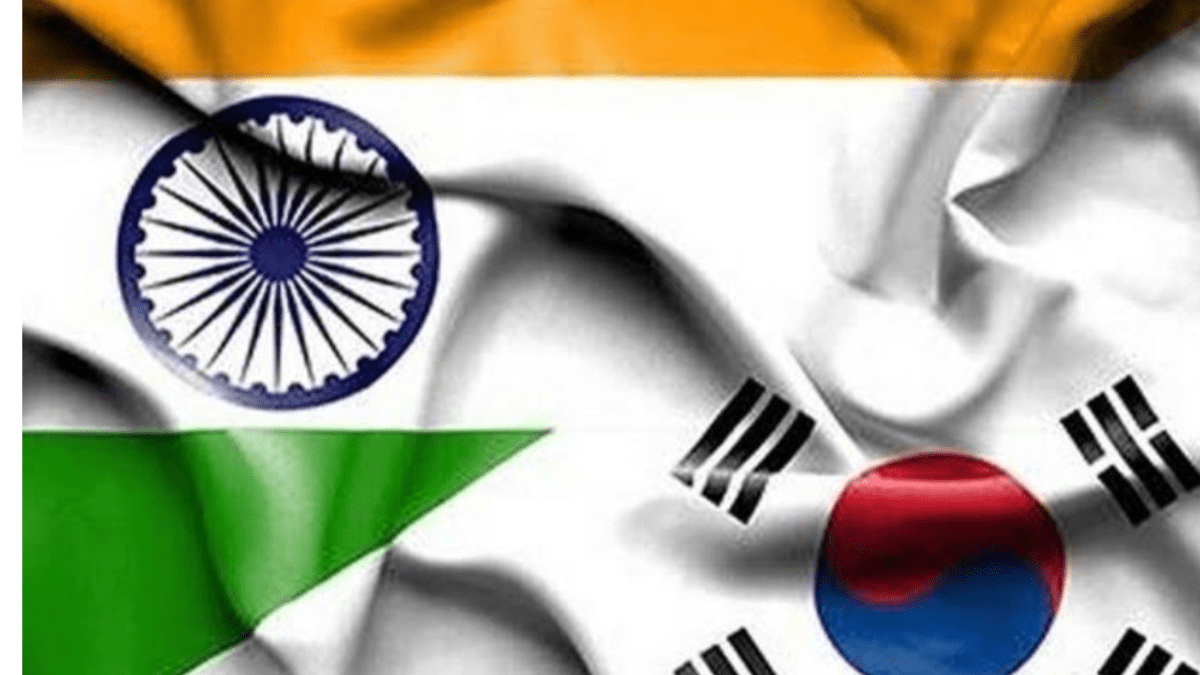A memorandum of understanding for cultural and artistic exchanges was signed earlier this week by the Korean Cultural Centre India (KCCI) and the Asian Arts Management Association (AAMA), marking another step in the strengthening of cultural connections between Korea and India.
The signed Memorandum of Understanding (MOU) between the two nations will mainly concentrate on future-focused amicable cooperation in the arts and culture, acknowledging the necessity of mutual development through cultural and artistic exchanges between Korea and India.Indian culture has been accepted in Korea and has swept the Korean audience in recent years with yoga, Indian food, and local festivals that have been gaining popularity in Korea.
Korea and India have been developing their relationship for far longer than just 50 years. Furthermore, in the form of tools like politics and diplomacy, art and culture have been crucial in lubricating relations between two nations.
By means of the signed agreement, the two organizations will implement a range of programs and platforms, including the Korea-India Contemporary Art Exchange Exhibition, Asia Art Forum, Asia Biennale, Korea-India Art Residency Exchange Program, and Korea Special Exhibition in India Art Fair, to foster the development of a cultural and artistic network between Korea and India.Since 2017, the Asian Arts Management Association has organized an exchange exhibition on Jeju Island, Korea, called “Jeju, Drawing Asia,” with representative Asian artists.In 2022, to commemorate the 30th anniversary of the beginning of diplomatic relations between Korea and China, it also successfully hosted an exhibition of contemporary art titled “Jeju, Focusing on Asia.”
These accomplishments are assessed in light of the fact that Korea has set the stage for itself to become a center for Asian arts and culture.Park went on to discuss India’s diverse culture, expressing his amazement at it and his eagerness to explore this enormous market.
It is true that the development of media technologies has led to a great deal of interest in media in Korea, but traditional Korean monochrome painting, or ink painting, was popular in Korea and eventually gained international recognition.
They believe there is a high possibility that India can stand out in the global art market because these works are based on tradition in terms of subject, form, content, and theme. India also has a strong tradition and diverse traditional content.
